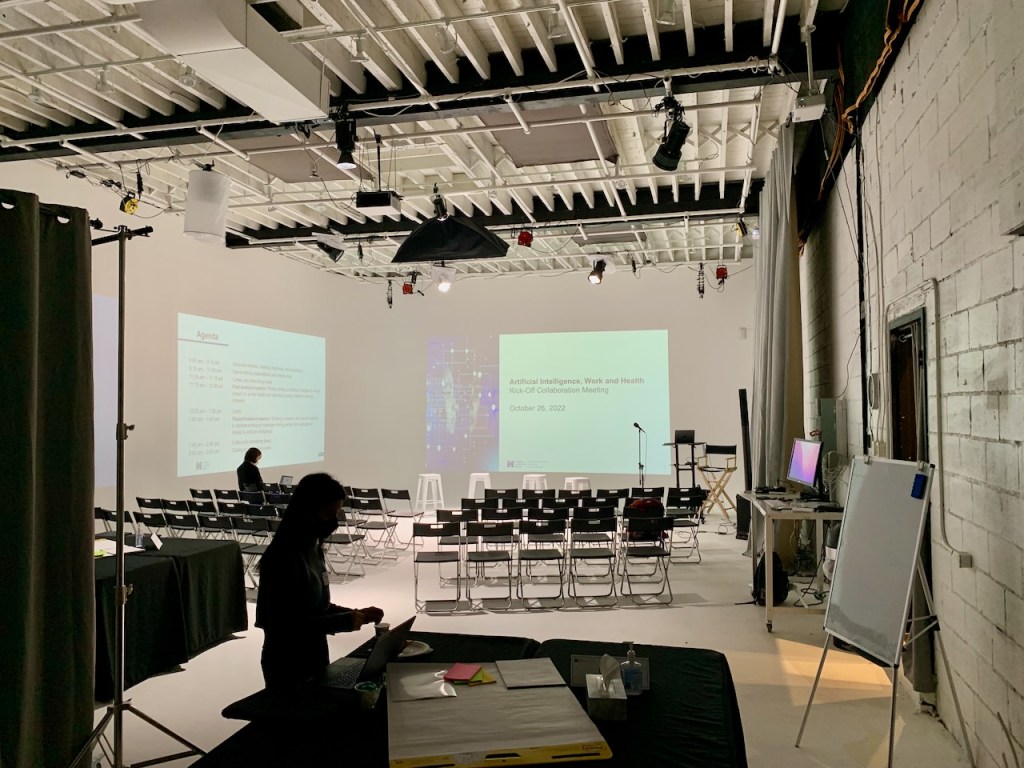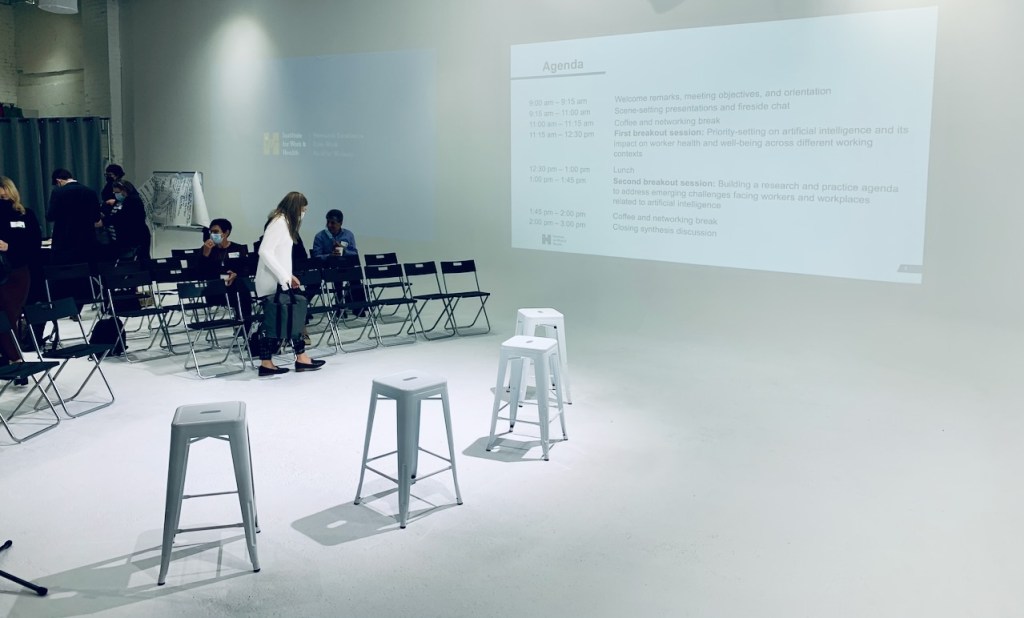This is an Eval Central archive copy, find the original at cense.ca.

There is an art to creating a great gathering. There is also a science of sorts. We create great gatherings by design — meaning we take the principles of great service design and apply them to an event.
Whether it is a board retreat, an annual general meeting, or maybe a think tank, a great event starts with a good design. By good design, we mean applying what we know of the art and science of Design to gathering. It’s about creating experiences that meet a need and add value beyond what could be done independently.
That’s one of the reasons we gather.
Events As Services
A service has the following qualities:
- A purpose
- A set of resources designed to achieve that purpose
- A setting
- An interaction between a service-seeker and the service provider
An event is a type of service. The service-seeker (participant in the event) brings with her some expectations and is seeking to join the event for a purpose. Our job as a designer is to determine what their purpose(s) might be. That might be to learn something, to meet people, to create opportunities for business or partnerships, or to simply escape their usual day-to-day. It might be any or all of these.
Organizers have a purpose, too. They want to promote something, connect people, elicit ideas or feedback, work through problems, or make decisions. There are myriad reasons why we gather and why organizers want to host events.
As a designer, we look to how we can create value through an event for everyone — the service provider (the host) and the service seeker (the participants). This means designing for many different needs, wants, preferences and capacities and aligning them.
Next, we look at what resources we have available to achieve our goals. This is our space, time, people, and budget to ensure we achieve something worthy of the time, care, and attention of those who attend.
Why? Because our time and attention are more valuable than anything involved in an encounter.
Using tools like storyboards or attractor maps, we can map out the journeys of participants through the event toward a destination. When doing this, we consider both physical and virtual spaces involved and plan out the event from the very moment that someone encounters an event promotional message to the time they leave and beyond.
Events As Transformation
It’s our human-to-human links that make the most meaningful moments of our lives.
Joshua Cooper Ramo
The COVID-19 pandemic and everything tied to it reminded us of the role of gathering in our lives. We’ve learned that we can do things online that we never envisioned. We can work together more effectively using remote digital tools than before. We also see the value of real, in-person face-time.
We’ve come to learn how valuable our time is and what the value is in gathering.
If we are to spend the time and energy gathering, we need to make it pay. Pay means showing value — it has to be worth our time, care, and attention. When done well, our gatherings should transform. To use our key indicator of design: they must inspire.
A successful event must be designed for transformation. A powerful event takes us from here to there. That is a journey. It means we need to engage people, enlighten them, and ensure that those who attend engage with each other. It’s the reason why a single person attending a remote webinar, not engaging with others, rarely achieves transformative change.
A journey means knowing where we are when we begin, who is involved, what pathways we want people to travel (there may be many), and where we want them to go after their journey. This involves combining journey map-style methods with a theory of change. None of these need to be elaborate; rather they simply must be intentional. We have to be clear about what we want, otherwise, the event isn’t going to be designed properly.
Events as Process

How often have we been to events that were a bust because they weren’t fit for purpose? We’ve been to educational events that could have done a better job of teaching, networking events that gave few means for people to connect, and think tanks that provided little space to think and reflect. It happens all the time.
Good events come by design. Transformation comes from intention.
To achieve impact, we consider the event beyond the boundaries of the time and space allocated. A great, transformative event should linger. For example, we want people to learn by reflecting on what they encountered and using it long after they attend an event. So why end our interaction when people leave? Follow-up. We have the tools to do it.
This means designing the event as a process. You can design your event from the moment you share the first word about it to the last goodbye and follow-up. This is what makes the event memorable, and it’s those memories that form the fabric of our lives. It’s why we gather and connect.
Put thought together about what you want and what you want to happen, and then apply some service design thinking, and you will have something more than a gathering; it’s transformation.
Please contact us if you’re looking at hosting a strategic gathering to achieve impact and transformation. We design, facilitate, and evaluate them for impact.
The post Designing Powerful Gatherings for Impact appeared first on Cense Ltd. .